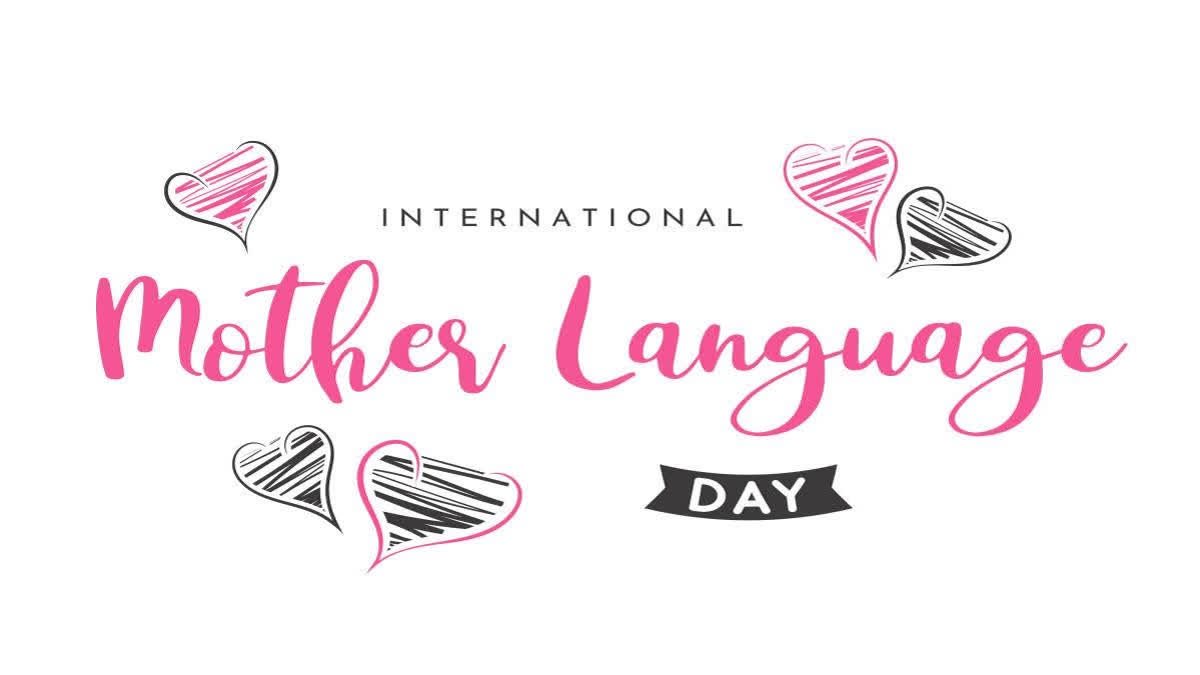International Mother Language Day 2025 is celebrated on February 21 to emphasise the importance of preserving and promoting linguistic diversity. With many languages facing extinction, global efforts must focus on reviving indigenous tongues, encouraging multilingual education and safeguarding cultural heritage.
2025 Theme: Silver Jubilee Celebration
This year marks the 25th anniversary of the UNESCO-declared observance. The theme, “Silver Jubilee Celebration of International Mother Language Day,” highlights the progress made in language preservation and calls for continued global efforts to protect endangered languages and promote cultural heritage. It serves as a reminder of the critical role mother tongues play in education, social integration, and identity formation.
Origin and Importance
The idea for International Mother Language Day originated in Bangladesh, stemming from the struggle for recognition of the Bengali language on February 21, 1952. This historic event underscores the vital importance of mother languages--not only as a medium of communication-- but also as a repository of culture, tradition and identity.
The Role of Multilingual Education
UNESCO advocates strongly for multilingual education, noting that learning in one’s native language improves cognitive development and academic performance. Studies indicate that children taught in their mother tongue demonstrate better reading comprehension and social skills. In response to the global learning crisis, UNESCO urges governments to implement mother tongue-based education from the earliest years of schooling.
Linguistic Diversity in India
India is renowned as a land of linguistic diversity. The Indian Constitution recognises 22 official languages under the Eighth Schedule, and over 1,600 languages and dialects are spoken across the country. This diversity reflects India’s rich cultural history, but also presents challenges. Following the 1971 census, languages spoken by fewer than 10,000 people were no longer included in the official list--a decision that has contributed to the loss of more than 220 languages in the past 50 years.
Government Initiatives To Promote Mother Languages
The Government of India remains committed to preserving its rich linguistic heritage. Expanding the Eighth Schedule from 14 to 22 languages demonstrates this commitment. Recent initiatives, including the recognition of Kashmiri, Dogri, Urdu, Hindi and English as official languages in Jammu & Kashmir after the abrogation of Article 370, underline efforts to promote inclusivity. India is also the only country to have recognised 11 classical languages, with several Central Universities and specialised institutions established to promote these languages. The National Education Policy (NEP) 2020 further reinforces the importance of multilingual education.
Global Language Facts
- Over 7,000 languages exist worldwide, with only 4% being European.
- Many tribal languages face extinction, with some having only about 1,000 speakers.
- Papua New Guinea alone is home to more than 840 languages.
- Half of the world’s population speaks only 0.3% of all languages, including major languages such as Mandarin, Spanish, English, and Arabic.
- Approximately 14.4% of the global population speaks Mandarin.
- In London, around 300 languages are spoken, reflecting immense linguistic diversity.
- About 43% of the world’s languages are at risk of extinction, and only a few hundred are used in formal education or the digital sphere.
- Globally, 40% of those speaking indigenous languages lack access to education.
- A majority of the world’s languages are spoken in Southeast Asia, India, Africa and South America.
- Around 40% of the global population has one of the eight most common languages--Mandarin, Hindi, Spanish, English, Bengali, Portuguese, Arabic, or Russian-- as their first language.
- Countries such as Papua New Guinea, Indonesia, Nigeria, India, and Mexico have high numbers of officially recognised languages.
- While English is a vital global lingua franca, its prevalence can also threaten linguistic diversity.
Inspirational Quotes
- “If you talk to a man in a language he understands, that goes to his head. If you talk to him in his language, that goes to his heart" – Nelson Mandela
- “Language is the blood of the soul into which thoughts run and out of which they grow” – Oliver Wendell Holmes Sr.
- “Rhythm is our universal mother tongue. It's the language of the soul” – Gabrielle Roth
- “What is a nation without a mother tongue?” – Jack Edwards
- “For us Indians, I don't think English can ever exude that magic of emotions which our mother tongue can” – Kailash Kher
International Mother Language Day 2025 reminds us that languages are more than mere tools of communication—they are the living essence of culture and heritage, essential for building inclusive, innovative and harmonious societies.
